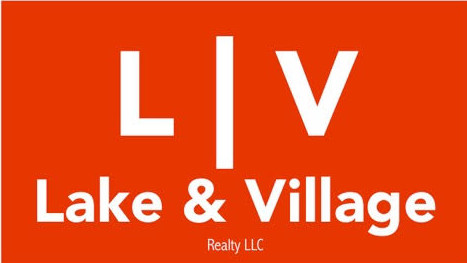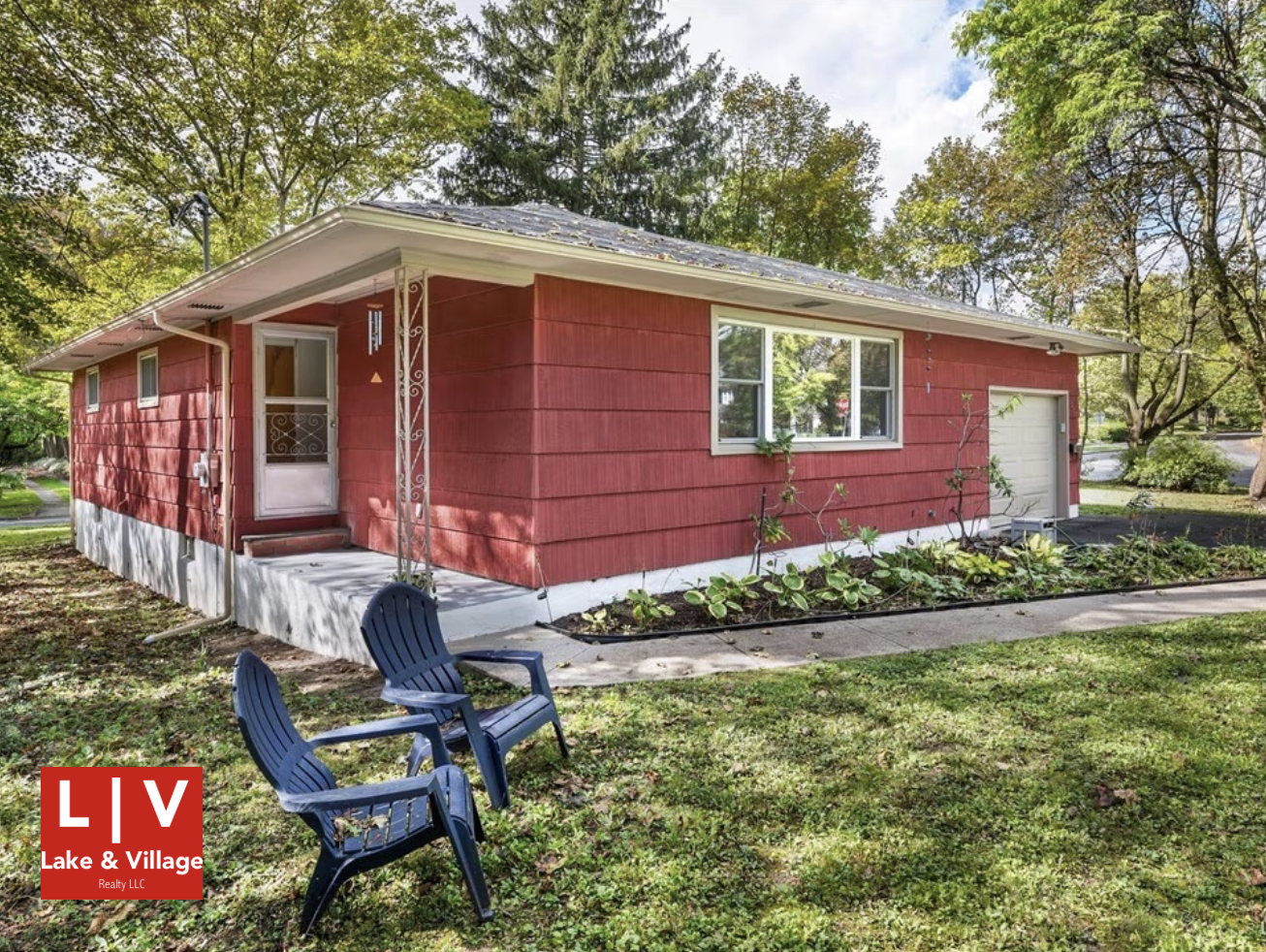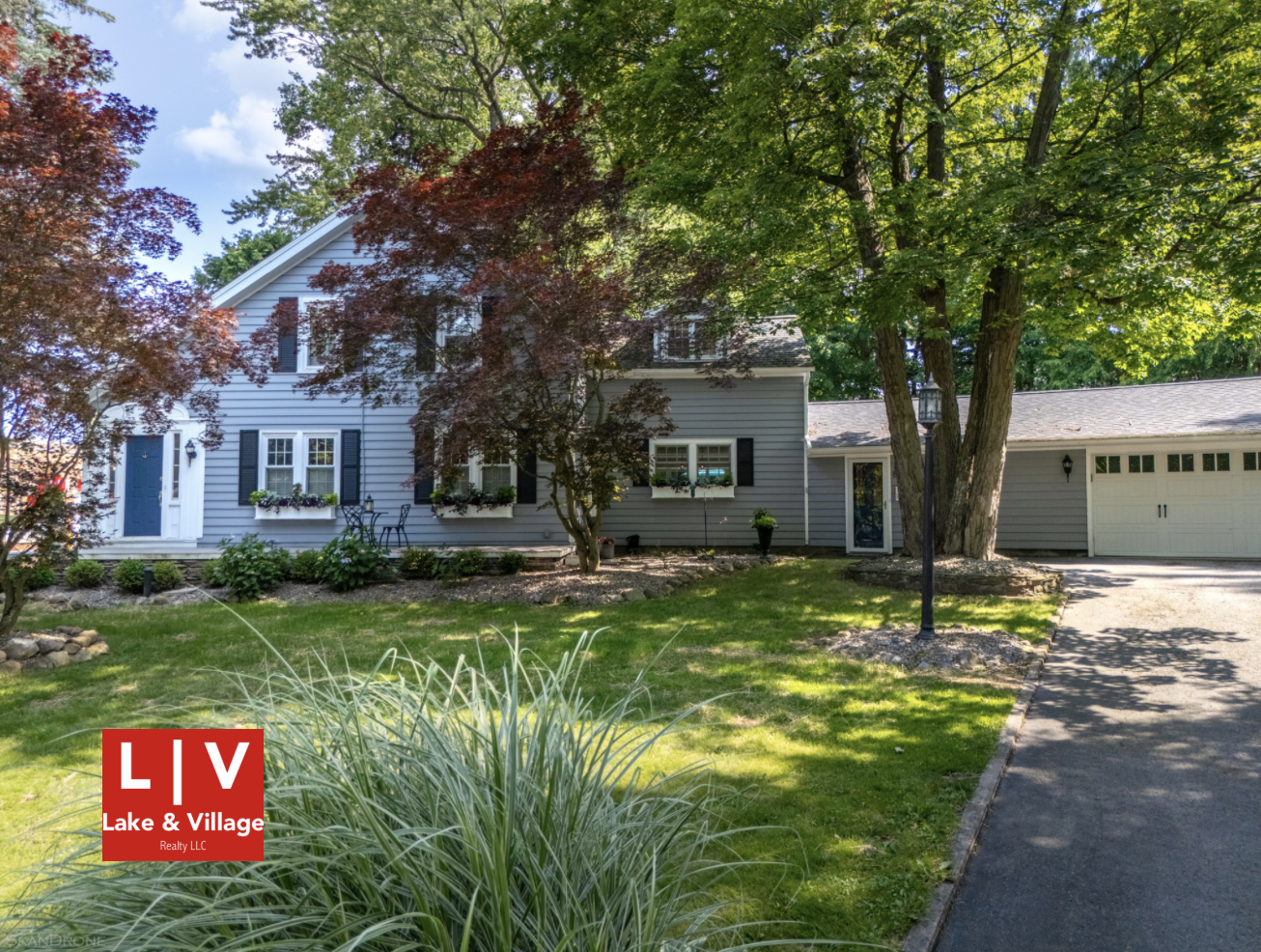By Michael Williams 12/05/20
– Geography favors the town and village. More than two hundred years ago, decisions to develop the village along the lakeshore furnished benefits that we still enjoy today.
My post last week included some statements I put under the heading “opinions.” I’m a strong believer that having an opinion on any topic imparts to the author at least the responsibility to build upon a set of facts and assumptions. That said, what about some of those “opinions”? I’ll show why I came by some of them even though they may be obvious to long-time residents of the area.
I said last week, “Geography favors the town and village. More than two hundred years ago, decisions to develop the village along the lakeshore furnished benefits that we still enjoy today.”
The first consideration of real estate pricing is location. The second? Some would say it’s also: location. Yes, we all have heard the saying “Location, location, location” when someone asks a real estate professional why one property sells for so much more than another with otherwise equal characteristics.
But what makes a “location” command a higher value? There are countless considerations, and geography certainly plays a big part. Skaneateles has a thriving commercial center that encourages walkability and enjoys the sort of self-sustainability that, though once common, now is rare in small towns and cities. How did this self-sustainability develop? The town was founded on the route bordering the northern edges of the major Finger Lakes. The route was a rough trail for stagecoaches and horses. Skaneateles Lake’s surrounding topography favored building the village on this stagecoach trail on the northern edge with industries of the day located on the creek that extends north from the lake (Skaneateles Creek). Later, freight and passenger rail connected these industries on Skaneateles Creek with the major rail lines, the Erie Canal, and the industrial cities of Auburn and Syracuse. As better roads displaced passenger rail, Skaneateles became more of a bedroom community for the city of Syracuse and remains so today. Today, the longest road in the U.S. – U.S. Route 20 – goes through the heart of Skaneateles on the old stagecoach turnpike.
Many other cities and towns in the region began growing because the Erie Canal displaced commercial centers from the lakeshores – again, geography decided the location for the canal. Skaneateles’s higher elevation and isolating topography did not suit building the locks required to connect the lake and the canal. This absence of connection thus limited industrial activity and encouraged the local residents to make their town and village self-sustaining.
Outside the village, the lakeshore once hosted many seasonal “camps,” which were usually small, sparse homes closed in winter and often located on seasonal roads that snow might block. Many of these one-time camps remain if you travel at least five or siw miles down the lake on the east or west shores. Just as many, however, have received improvements or year-round homes as replacements. The body of water that provides drinking water for Syracuse and possesses renown for its clarity and cleanliness is certainly an attraction. The lake’s persistent winds, which the higher terrain on the lake’s southern half often helps, make the lake a sailor’s paradise. Traditional water sports like water skiing and sailing also remain popular on the lake. Public lakeside areas allow full-time residents to enjoy the lake in their daily lives whether they live directly on it or not.
The lake’s presence is the one unifying feature of all real estate in the town and village. Land on or near the lake is a limited resource. As demand for a limited resource goes up, the prices go up as well. Why does unimproved property on the lake sell for as much as ten times the price of property a hundred yards away? Location, location, location…



